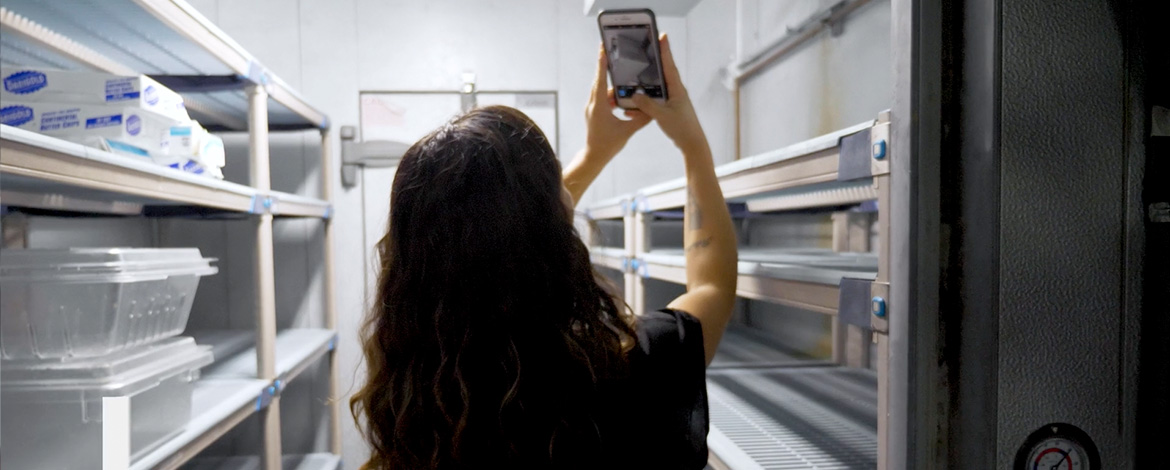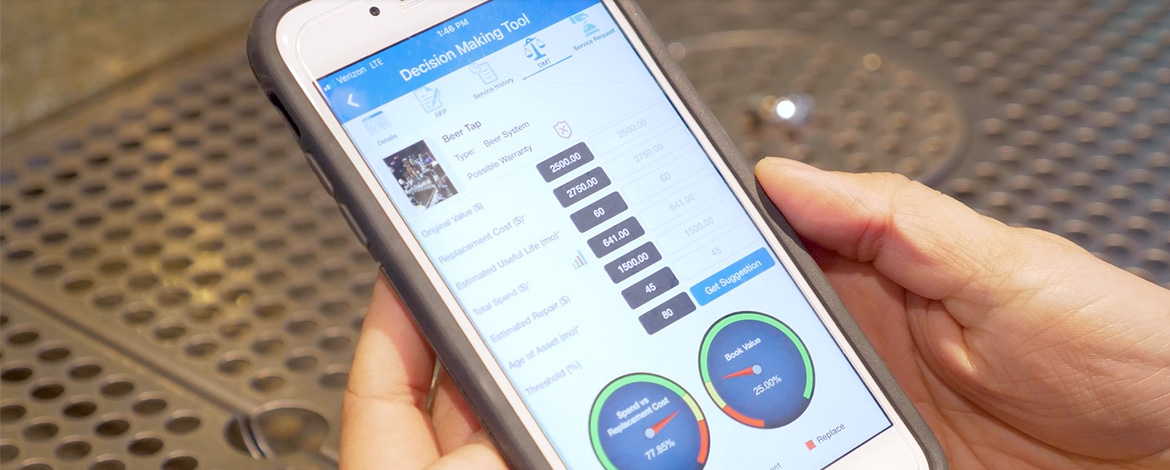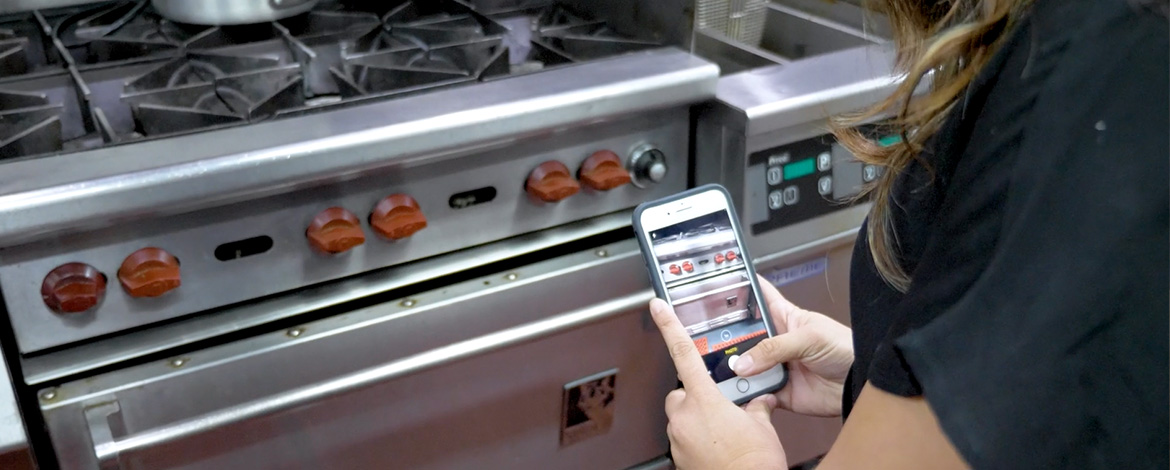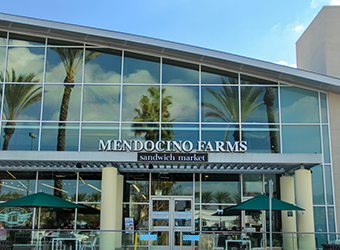It happens at home, just like it happens on the job. You take the time to research appliances, shop around for the best rate, set up your kitchen just the way you like — all in time for something to break down without warning. But while at home you might be able to scrape by without a stovetop for a few days, when it comes to work, inability to function means inability to serve, which means inability to open your doors.
Asset lifecycle management brings predictability to the unpredictable. It allows you to maximize your investment, minimize time spent grappling with adversity, and utilizes the latest in metrics and data analysis to help you learn how you can get even more value out of your appliances.
If you have a good asset lifecycle management plan in place, the three factors listed below are friendly, not fearsome. If you don’t, well, you’re operating like a chef with both hands tied behind his back.

Knowing what the future holds
Every asset has a natural, four-stage lifecycle: Planning, Procurement, Operation/Maintenance and Disposal. Whether your restaurant’s kitchen is shiny and new, or you’re acquiring equipment that already has a few years on the odometer, each item is at some stage of this lifecycle.
If you’re in the early days of a small operation, you might be able to keep track in your head of what’s new, what’s old, and what’s being held together with duct tape. But when your business becomes multiple locations, with multiple kitchens, and you’re making significant investments in ovens, deep fryers, refrigeration, beverage dispensers and more, it can very quickly overwhelm any facilities management team.
A smart business has the foresight to consider the entire lifecycle before even moving beyond the planning phase. As you’re researching manufactures and considering which model is right for your needs, you should also be analyzing likely maintenance costs, the average lifespan of the asset, and what kind of daily wear-and-tear it will endure in your kitchen. As you move into procurement, it’s vital that you activate and track all warranties, have serial numbers and model identifiers at the ready, and that each asset is installed and powered properly. Then, as you move into the operation and maintenance stage, issues can be overcome quickly and efficiently — with information at your fingertips that will prevent duplicate service calls and costly ignorance of the asset’s warranty eligibility.
By predicting when an asset will reach its optimal peak performance and leaning into that window, you can calculate its depreciation value, ensure compliance with regulatory standards and most importantly, keep your business up and running.
Planning a repair and replacement budget
Unfortunately, breakdowns are every bit as unavoidable as death and taxes. At that point, a key question presents itself: Is it worthwhile to repair the asset? Or is it time for disposal and replacement?
This is one moment where, if you have good asset management software to back you up, you’ll be empowered to turn a crucial decision into an educated one. For starters, every breakdown is a learning opportunity. A CMMS platform should compile and analyze them, across all your locations, so you can answer questions like: What’s my most commonly-occurring problem? What’s my most expensive problem? Is one manufacturer brand outperforming another?
If you have Ecotrak as your facilities management software solution, it’s simply a matter of any authorized person in your company taking out their phone, opening the app and looking under Ecotrak’s proprietary “Decision Making Tool,” designed by restaurant and finance veterans with such a moment in mind. The tool displays personalized details about your asset, its original value and likely cost of a replacement. It also offers an estimated useful window of service (based on the hive-mind experiences of other users) and reminds you where yours is in that likely lifespan.
The “Decision Making Tool" or DMT — whose icon is a weight-balance scale, to underscore the plus/minus decision being weighed — then gives you a likely estimate for your repair, shows you how much you’ve spent already over the lifetime of the appliance, and offers an easy-to-read gauge system to make the choice even more transparent. If the needle is in the red, it’s likely time to replace; if you’re in the green, a repair is the more reasonable choice. But perhaps most helpful is the small yellow section, indicating that while you’re safe for now, it would be wise to begin setting aside funds for a replacement in the near future.

Facility management dependence
Whether you have dozens of locations, or simply dream of getting there someday, it is crucial that you monitor the lifecycles of your assets.
Ecotrak maintains information specific to the asset, then makes it available to both the customer and the service provider, enabling a smoother interaction. From manufacturer to model to serial number, to the ability to track warranties on three different levels (manufacturer, service provider and the often-overlooked component warranties), to documentation and saved photos of the actual equipment, everything is available on the app with a few swipes of a finger.
Another great tool is the custom flagging feature. Imagine if you or your management team could run a report for a designation such as “earmarked for replacement,” immediately pulling up every asset in your company approaching that final stage of the lifecycle. Keep in mind, this is real time information, provided up-to-the-minute by those you have designated at various locations. If a manager came in to find a broken dishwasher during the morning shift today, that could be on your report. This flag feature allows you to build your budget, anticipate work to come, and increase visibility and communication — and keep in mind, you can make as many flags as you need for subheadings like “inspection needed,” “ready to be cleaned” and more.
All this asset lifecycle information, of course, informs your company’s facility management efforts, and vice versa. With a company like Ecotrak, it’s all under one convenient umbrella, constantly updating data that you can view, adjust and share from your mobile device or desktop. So, if you want to see the problems costing the most money across your company, or the ones occurring most frequently, you can do so with precision; if you’d like to view your company’s spend by asset (who knew that maintaining the soft serve machine and grease trap costs as much as the HVAC?), or monitor which vendors are taking the most average days to complete a work order, all that information is similarly up-to-the-minute and ready for a deep-dive analysis.
The bottom line
When it comes to asset lifecycle management, you can either be driving the train or, if you’re not careful, get run over by it. Imagine all the considerations listed above, multiplied by a dozen locations — or a hundred, or a thousand. Whether you’re talking about Del Taco managing 300 corporate locations with their Ecotrak software, or other existing partners like Outback, Burger King and Lazy Dog, it’s easy to see why a software solution for overseeing your assets is a no-brainer.



